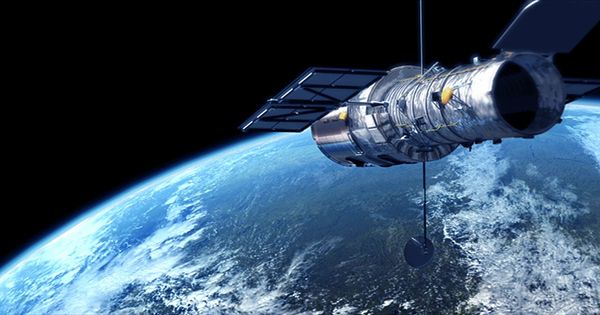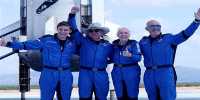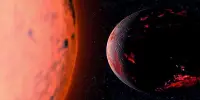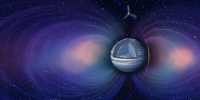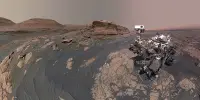We can all take a big, cosmic, sigh of relief. After a month in safe mode, the Hubble Space Telescope has finally been fixed. Veteran observers encountered an error when the payload computer stopped working on 13 June. Since then, NASA has been working hard to find a solution to the problem. On July 14, the space agency announced that it believed the cause of the error could be found in the Power Control Unit’s (PCU) secondary protection circuit.
This circuit is either getting voltage below or above acceptable level (so it does its job correctly, pointing to some other problem) or it has been reduced so much that it is stuck in this protection state. The ground team could not reset the PCUT, so the solution they worked out was to switch to the backup of the Science Instrument Command and Data Handling (SI C&DH) unit. Several tests were conducted to prepare this switch and as a result of their positive results, NASA management is moving forward with the switching operation starting from 15th July.
A day later, the switch was successful and the team is now busy making sure everything is working fine. They will then start recovering the science instrument from their safe mode configuration. There were, of course, concerns about this approach – a similar switch was operated back in 2008 after another section of the SI C&DH failed. A day later, the switch was successful and the team is now busy making sure everything is working fine. They will then start recovering the science instrument from their safe mode configuration. There were, of course, concerns about this approach – a similar switch was operated back in 2008 after another section of the SI C&DH failed.
The main difference is that in 2009 the telescope received a servicing mission that replaced the entire SI C&DH unit. No such mission is possible now without the space shuttle. Space observations are fully showing his age. Launched 31 years ago, Hubble received 1.4 million observations of the universe. The data collected by the telescope was used in more than 18,000 scientific papers. Thanks to the sharp eye, it has changed our understanding of planets, stars, galaxies, and the entire universe.
